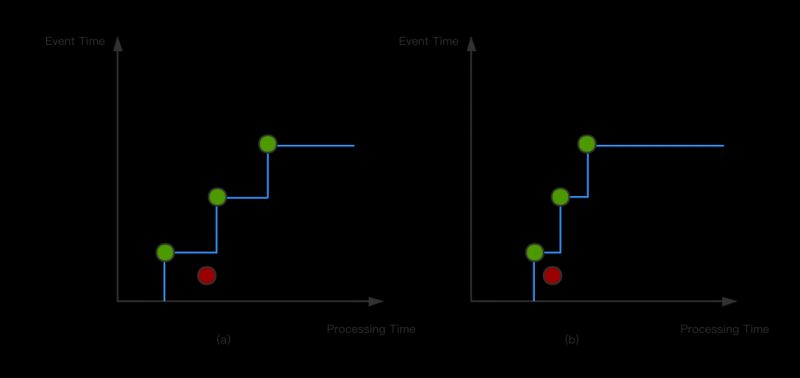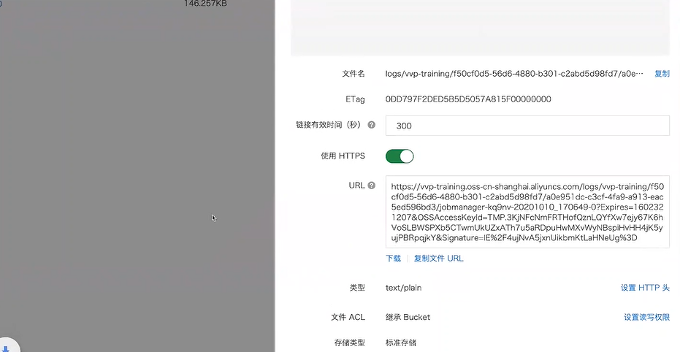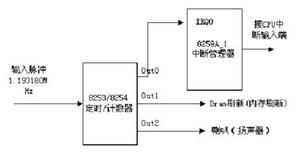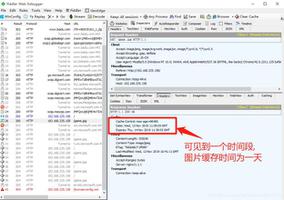「Flink」事件时间与水印

我们先来以滚动时间窗口为例,来看一下窗口的几个时间参数与Flink流处理系统时间特性的关系。
获取窗口开始时间Flink源代码
获取窗口的开始时间为以下代码:
org.apache.flink.streaming.api.windowing.windows.TimeWindow
/**
* Method to get the window start for a timestamp.
*
* @param timestamp epoch millisecond to get the window start.
* @param offset The offset which window start would be shifted by.
* @param windowSize The size of the generated windows.
* @return window start
*/
publicstaticlong getWindowStartWithOffset(long timestamp, long offset, long windowSize) {return timestamp - (timestamp - offset + windowSize) % windowSize;}
这一段代码,我们可以认为Flink并不是把时间戳直接作为窗口的开始时间,而是做了一些“对齐”操作,确保时间能够整除8。
不同时间类型的窗口时间计算
1、当TimeCharacteristic为ProcessingTime时
窗口的开始时间:与窗口接收到的第一条消息的处理时间有关。例如:window operator是2020-02-06 22:02:33接收到的第一条消息,那么窗口的开始时间就是2020-02-06 22:02:33。
窗口的结束时间:一旦窗口的开始时间确定了,因为窗口的长度是固定的。那么窗口的结束时间就确定下来了,例如:假设这里的时间窗口是3秒,那么窗口的结束时间就是2020-02-06 22:02:36。
窗口的触发计算时间:假设有一条新的消息到达window operator,此时如果对应operator的系统时间,大于结束时间,就会触发计算。
一旦窗口的开始时间确定了,那么后续窗口的开始时间,也就都确定下来了。
问题:
假设某个时间窗口,2020-2-6 22:12:20 - 2020-2-6 22:12:23,之间没有任何一条数据进来。Flink会如何处理?
Flink会直接抛弃掉这个时间窗口,新来的事件消息会到其他的时间窗口中计算。
2、当TimeCharacteristic为IngestionTime时
窗口的开始时间:与source operator接收到的第一条消息有关。例如:source接收到这条消息的时间是2020-2-6 22:14:50,那么窗口的开始时间就是2020-2-6 22:14:50
窗口的结束时间:与ProcessTime一致
窗口的触发计算时间:假设有一条新的消息到达source operator,那么此时的时间如果大于结束时间,就会触发计算。
除了窗口的开始时间、触发时间都是与source operator算子有关,其他与Processing Time是类似的。
3、但TimeCharacteristic为EventTime时
窗口的开始时间:与window operator接收到的第一条消息的事件时间有关,例如:如果这条消息的水印时间是2020-2-6 22:17:50,那么窗口的的开始时间就是2020-2-6 22:17:50
窗口的结束时间:与ProcessTime一致
窗口的触发计算时间:假设有一条新的消息到达window operator,如果该事件的水印时间大于窗口的结束时间,就会触发计算。
通常,我们会让水印时间比事件时间允许延迟几秒钟。这样,如果是因为网络延迟消息晚到了几秒,也不会影响到统计结果了。
publicclass WordCountWindow {publicstaticvoid main(String[] args) throws Exception {// 1. 初始化流式运行环境Configuration conf = new Configuration();
StreamExecutionEnvironment env = StreamExecutionEnvironment.createLocalEnvironmentWithWebUI(conf);
// 2. 设置时间处理类型,这里设置的方式处理时间
env.setStreamTimeCharacteristic(TimeCharacteristic.EventTime);
// 3. 定义数据源,每秒发送一个hadoop单词
SingleOutputStreamOperator<Tuple2<String, Long>> wordDSWithWaterMark = env.addSource(new RichSourceFunction<Tuple2<String, Long>>() {
privateboolean isCanaled = false;
privateint TOTAL_NUM = 20;
@Override
publicvoid run(SourceContext<Tuple2<String, Long>> ctx) throws Exception {
while (!isCanaled) {
ctx.collect(Tuple2.of("hadooop", System.currentTimeMillis()));
// 打印窗口开始、结束时间
SimpleDateFormat sdf = new SimpleDateFormat("yyyy-MM-dd HH:mm:ss");
System.out.println("事件发送时间:" + sdf.format(System.currentTimeMillis()));
Thread.sleep(1000);
}
}
@Override
publicvoid cancel() {
isCanaled = true;
}
}).assignTimestampsAndWatermarks(new BoundedOutOfOrdernessTimestampExtractor<Tuple2<String, Long>>(Time.seconds(5)) {
@Override
publiclong extractTimestamp(Tuple2<String, Long> element) {
return element.f1;
}
});
// 4. 每5秒进行一次,分组统计
// 4.1 转换为元组
wordDSWithWaterMark.map(word -> {
return Tuple2.of(word.f0, 1);
})
// 指定返回类型
.returns(Types.TUPLE(Types.STRING, Types.INT))
// 按照单词进行分组
.keyBy(t -> t.f0)
// 滚动窗口,3秒计算一次
.timeWindow(Time.seconds(3))
.reduce(new ReduceFunction<Tuple2<String, Integer>>() {
@Override
public Tuple2<String, Integer> reduce(Tuple2<String, Integer> value1, Tuple2<String, Integer> value2) throws Exception {
return Tuple2.of(value1.f0, value1.f1 + value2.f1);
}
}, new RichWindowFunction<Tuple2<String, Integer>, Tuple2<String, Integer>, String, TimeWindow>() {
@Override
publicvoid apply(String word, TimeWindow window, Iterable<Tuple2<String, Integer>> input, Collector<Tuple2<String, Integer>> out) throws Exception {
// 打印窗口开始、结束时间
SimpleDateFormat sdf = new SimpleDateFormat("yyyy-MM-dd HH:mm:ss");
System.out.println("窗口开始时间:" + sdf.format(window.getStart())
+ " 窗口结束时间:" + sdf.format(window.getEnd())
+ " 窗口计算时间:" + sdf.format(System.currentTimeMillis()));
int sum = 0;
Iterator<Tuple2<String, Integer>> iterator = input.iterator();
while(iterator.hasNext()) {
Integer count = iterator.next().f1;
sum += count;
}
out.collect(Tuple2.of(word, sum));
}
}).print();
env.execute("app");
}
}
输出结果如下:
事件发送时间:2020-02-06 22:35:08
事件发送时间:2020-02-06 22:35:09
事件发送时间:2020-02-06 22:35:10
事件发送时间:2020-02-06 22:35:11
事件发送时间:2020-02-06 22:35:12
事件发送时间:2020-02-06 22:35:13
事件发送时间:2020-02-06 22:35:14
窗口开始时间:2020-02-06 22:35:06 窗口结束时间:2020-02-06 22:35:09 窗口计算时间:2020-02-06 22:35:14
4> (hadooop,1)
事件发送时间:2020-02-06 22:35:15
事件发送时间:2020-02-06 22:35:16
事件发送时间:2020-02-06 22:35:17
窗口开始时间:2020-02-06 22:35:09 窗口结束时间:2020-02-06 22:35:12 窗口计算时间:2020-02-06 22:35:17
4> (hadooop,3)
参考文件:
https://ci.apache.org/projects/flink/flink-docs-release-1.9/zh/dev/event_time.html
以上是 「Flink」事件时间与水印 的全部内容, 来源链接: utcz.com/z/532178.html









